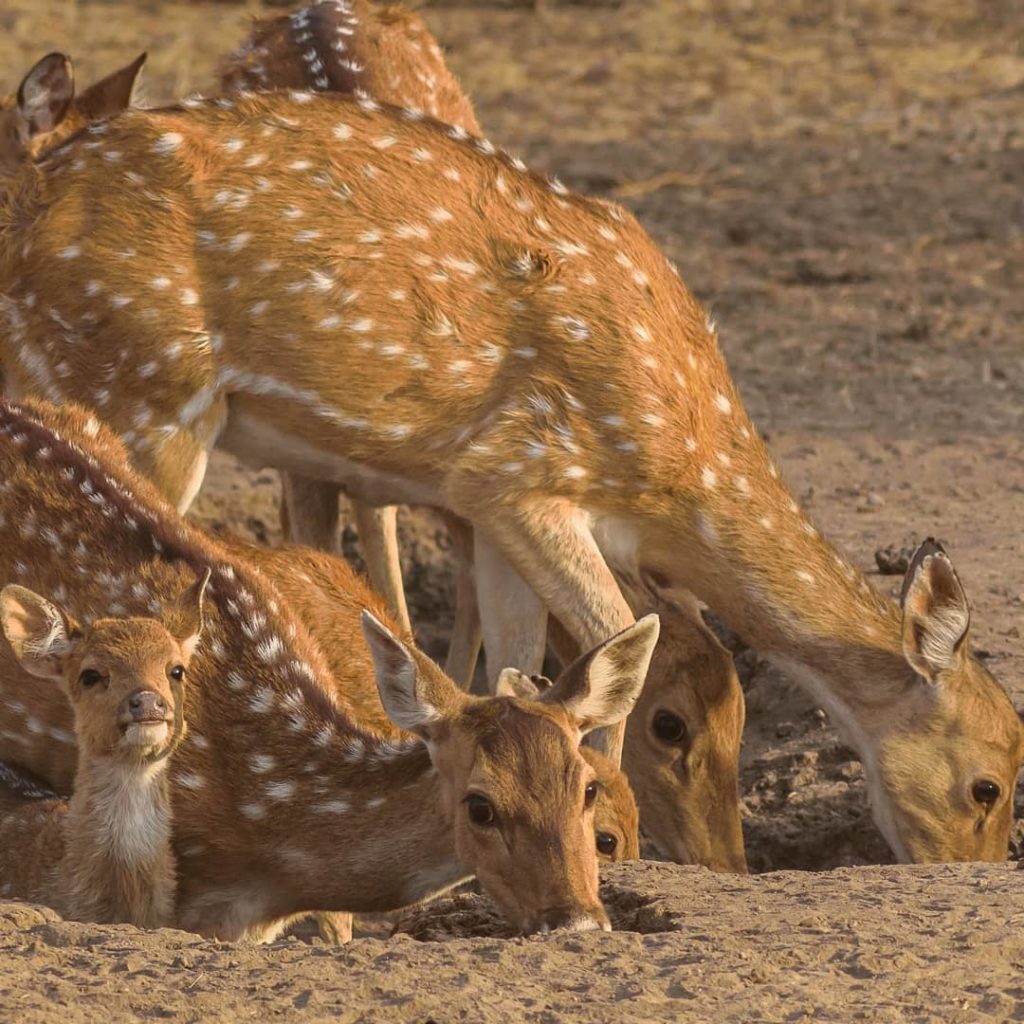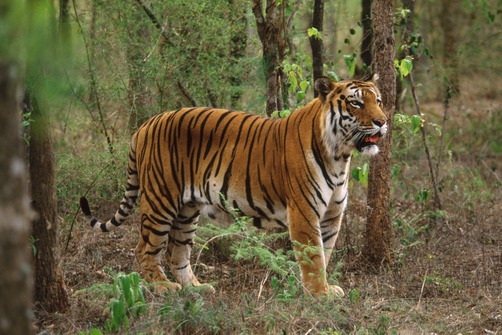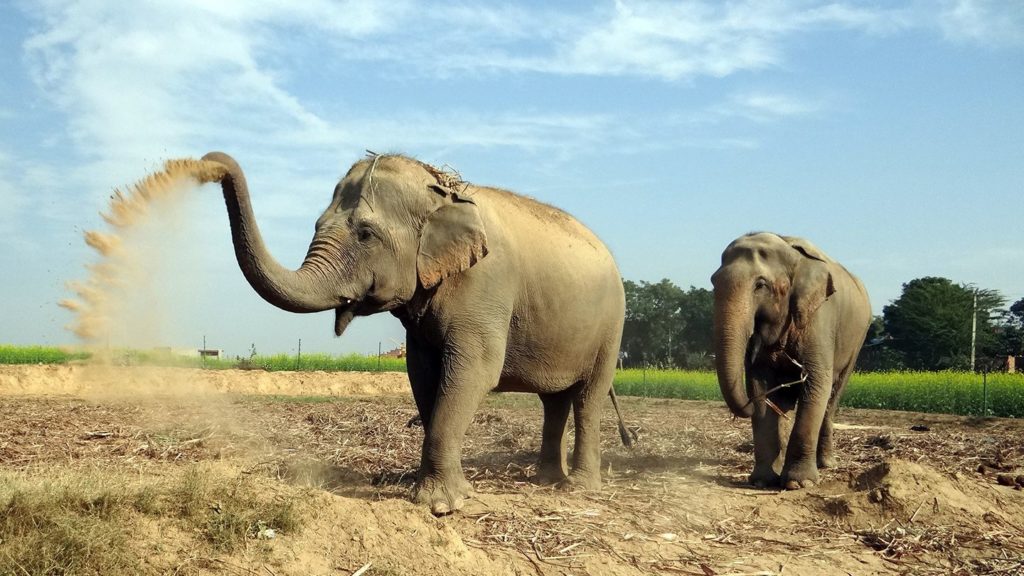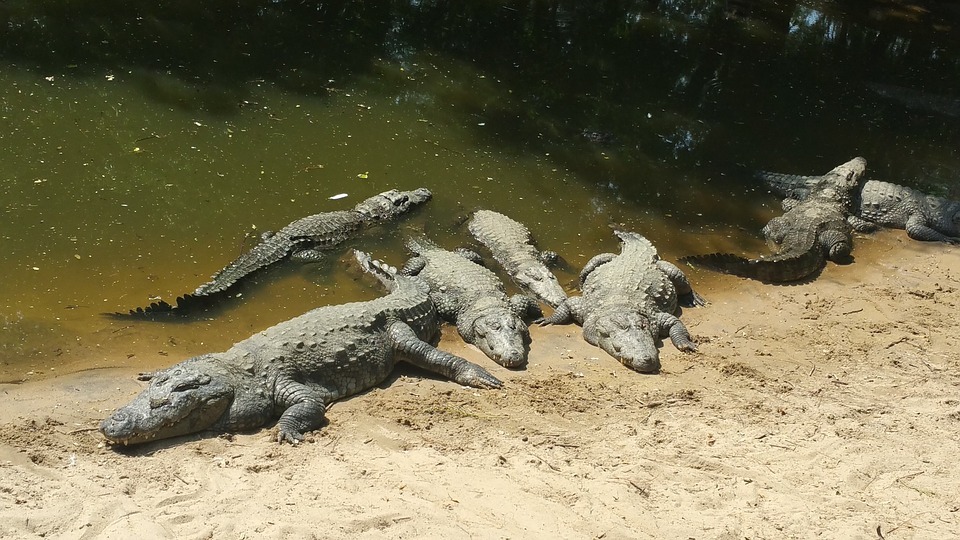We all have been studying the varied species and the importance of flora and fauna since our school days. But with the passing time, those words remained in the books only and somehow people tend to forget the significance of those things in real life. No doubt, a number of initiatives have been taken from time to time for wildlife conservation efforts in India and have been proved really helpful in making people familiar with the value of wildlife for both humans and other species. Well, with the setting up of Jim Corbett National Park, India has been indulged in various wildlife conservation projects since the early 1930s, and here, we are going to talk over some of those successful projects by which you can understand wildlife conservation efforts in India.

This Blog Includes
Wildlife Conservation Projects and Programs
The Government of India has always been really concerned about its wildlife and started several different wildlife conservation projects and programs. This is done not just to protect the wildlife but also to make people aware about the same. Some of the very famous projects are:
Project Tiger:
This is one of the most successful projects and was launched back in 1973 to help repopulate Royal Bengal Tigers in their natural habitat. The project was a huge success that not only helped in conserving tigers but also the whole ecosystem. Due to the man-made conditions, encroaching, and poaching on the wild land, the number of tigers started declining over the century. Save the tiger project helped restore the population and in fact, around 47 tiger reserves are laid in 17 regions or more.

Project Elephant:
The Government of India started the Project Elephant in 1922 with the motive to conserve elephants and their habitat of migratory routes. They managed to fulfill their motive by creating scientific and planned management steps. Also, under the same project, health and happiness of domestic elephants were also taken care of that also included diminishing of human-elephant issues. The project also focuses on protecting the animal from poachers and unnatural death as well.

Crocodile Conservation Project:
Yet another known and successful projects run by the Government of India that aimed at conserving the Indian crocodiles as the species were on the verge of extinction. The project even took steps towards the conservation in a number of different related fields. The motive of the project was to save the remaining population of the species and their respective natural habitat by creating sanctuaries. They even aimed at promoting captive breeding, enhancing management, and also by involving the locals in the project. You can check routeprints on Instagram for more images.

NGOs for Wildlife in India:
You’ll be proud to know that not only the Government of India thinks about conservation of the wildlife, but there are also many non-governmental bodies that aim for the same. Some of the common situations in the country include poaching, encroaching of forest land and habitat destruction. Thankfully, there are a number of volunteer groups and corporations that are actually concerned about their flora and fauna and are making a big difference by maintaining them. To name a few, some of the famous NGOs in India are Rhino Foundation for Nature in Assam, Friends of Forests in Maharashtra, Nature Conservation Society of Amravati in Maharashtra, Bali Nature and Wildlife Conservation Society in West Bengal and many more.
Read: Barot Valley, one of the best
Well, prime reasons why the country is facing the danger of extinction is due to illegal trading, pollution, destruction of habitat and deforestation, and excessive poaching. If one thinks it in a bigger way, ending wildlife can disturb the whole ecological balance. Man and nature have to coexist to protect and sustain human life, thus it should be the responsibility of every individual to take up the responsibility towards the betterment of the flora and fauna.

Traveling with Ease: Top Tips for Chronic Sufferers to Explore Stress-Free!
Neemrana ‘non-hotel’ Hotels’ – Press Release
The Best Hotels In Bali: An Unmissable List.
10 Most Instagrammable Places In Bali